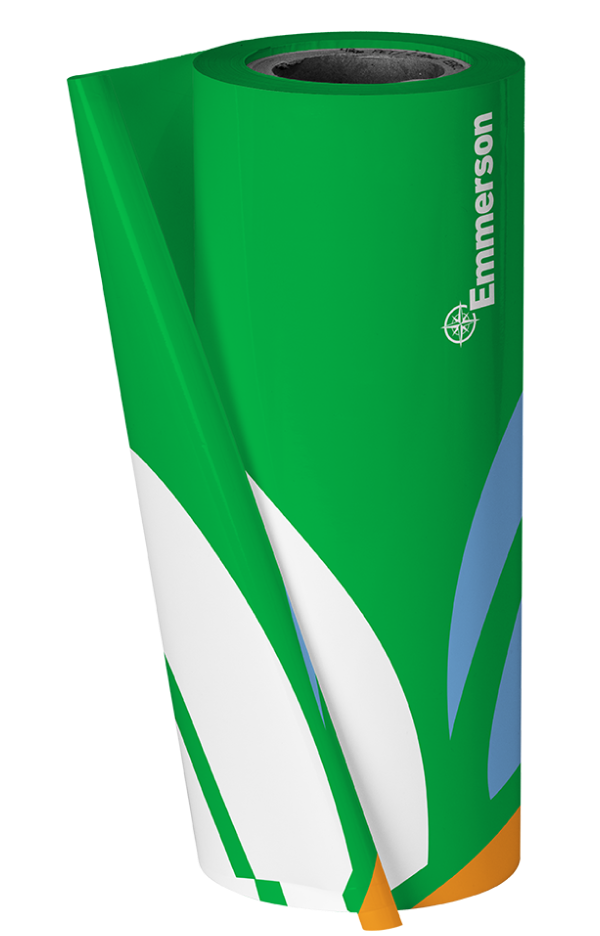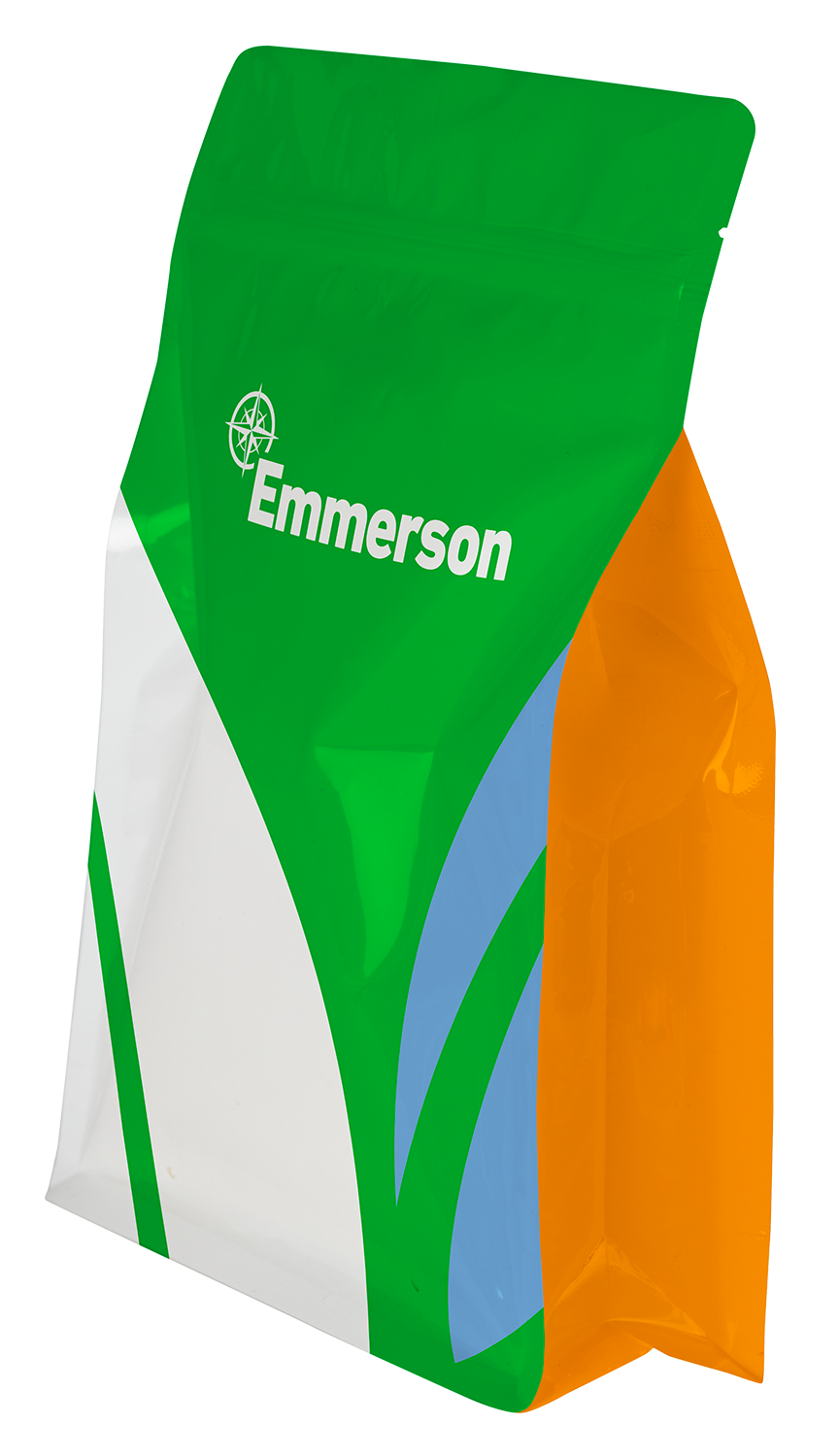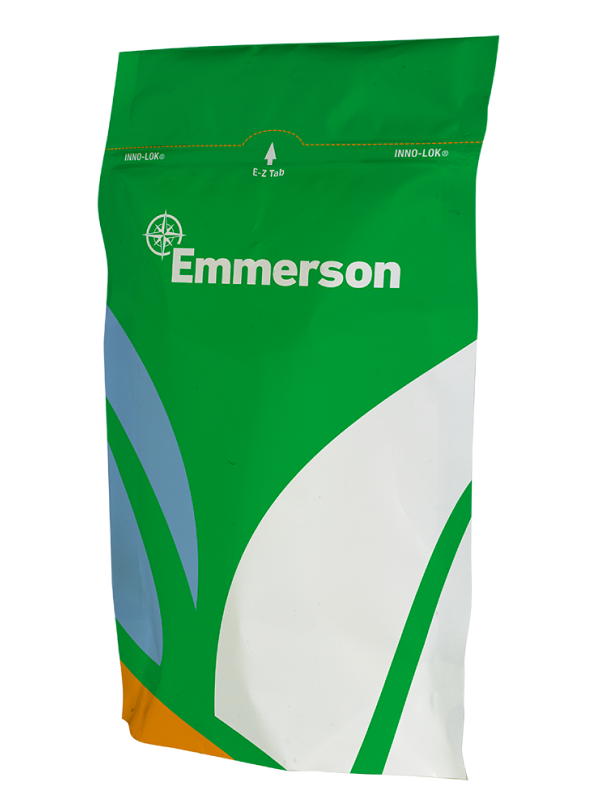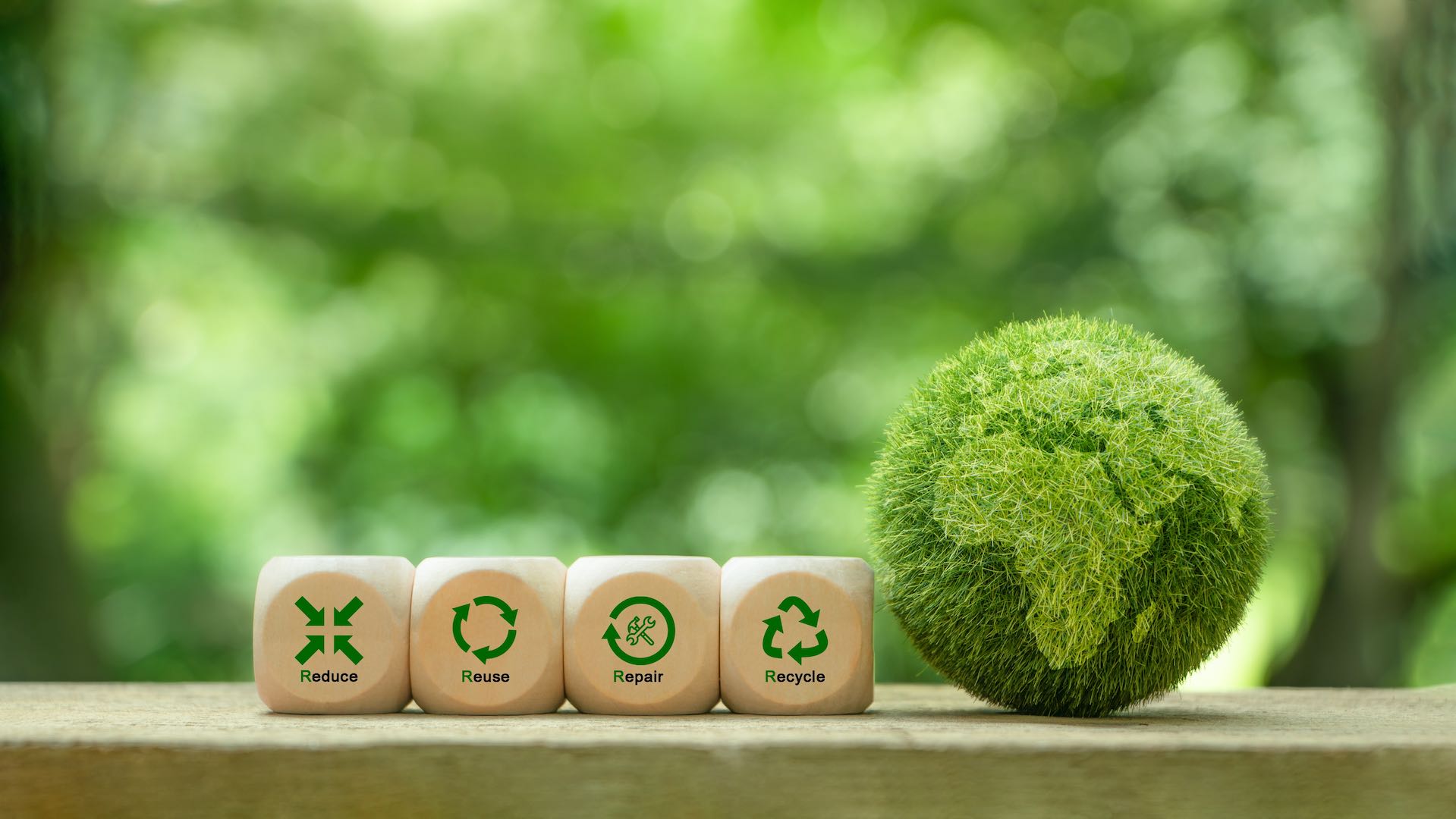Large consumer brands know the advantages of switching to sustainable packaging options. Is your organization part of the growing sustainable elite?
As environmentally sustainable business practices become more of a selling point for consumers, an increasing number of big name brands are taking notice and adopting lofty sustainability goals.Walmart is Taking The Lead on Sustainability
Walmart has recently emerged as a leader in corporate sustainability with Project Gigaton, a pledge to reduce its CO2 emissions by one gigaton (1 billion tons) by 2030. The ambitious project aims to not only overhaul Walmart’s sustainable business practices but help other organizations do the same. Walmart is offering sustainability training, webinars, and an invitation to join Project Gigaton and set their emission reduction targets. Walmart’s initiative focuses on several key areas where there is a substantial opportunity for organizations to improve their sustainable business practices. One of the key areas of focus is packaging, where they note, “Designers, manufacturers, and brands have a unique opportunity to help deliver more efficient, innovative, and sustainable packaging.” Walmart has specifically pledged to achieve 100% recyclable, reusable, or compostable packaging for private label brands by 2025, eliminate non-recyclable packaging in general merchandise packaging by 2020, and include the How2Recycle label on all food products by 2022. While Walmart’s Project Gigaton is one of the more ambitious and inclusive initiatives, other major brands such as Pepsi, Kraft Heinz, Nestlé, and KFC have made sustainable packaging pledges of their own. With so many major brands committing to sustainable packaging efforts, it should be a signal to every other packed food producer that it’s time to adopt sustainable packaging or be left behind by more forward-thinking organizations. While adopting sustainable packaging solutions is a laudable moral achievement, it is also a savvy business decision. Consumers are shifting their focus to place more value on sustainable products.Can You Afford Not to Use Sustainable Packaging?
A common misconception with “eco-friendly” or “green” options is that they are too costly compared to the benefits they provide. However, the truth is that consumers’ loyalties are changing to favor organizations that implement sustainable packaging solutions. In fact, a Nielsen Survey showed that 55% of global online consumers across 60 countries said they are willing to pay more for products and services provided by companies that are committed to positive environmental impact. Sustainable packaging now has a lower overall cost, along with a significant opportunity for increased sales. This is something that big brands have taken note of and are investing in. In many ways, we are seeing a sort of “sustainable arms race” where organizations are scrambling to adapt to shifting consumer demands and government regulations.What Are Your Sustainable Packaging Options?
Aiding the business case for a sustainable switch is the fact that sustainable packaging options no longer require businesses to choose between premium quality and sustainability, as advancements in technology now allow you to have both. Producers now have a variety of options available to them when it comes to the types of sustainable packaging they can adopt. These options can accomplish two different goals:- Lower the amount of material used in packaging, allowing you to use less film and thus less packaging overall.
- Reduce landfill waste by either being recyclable or biodegradable.
Building a Sustainability Strategy
Implementing sustainable packaging solutions for your products should be just part of an overall sustainability strategy. Take it from us— Emmerson Packaging is an SPG Certified Printer (the first ever in Canada), but our facilities have also taken more steps to put our best foot forward when it comes to developing sustainable business practices, such as:- Reduced our residual solid waste by 39%
- Lowered our water usage more than 92%
- Reduced electricity usage by 33%
- Reduced Co2 Emitted, with electricity generation, by 45%
- Become a certified SGP Printer



